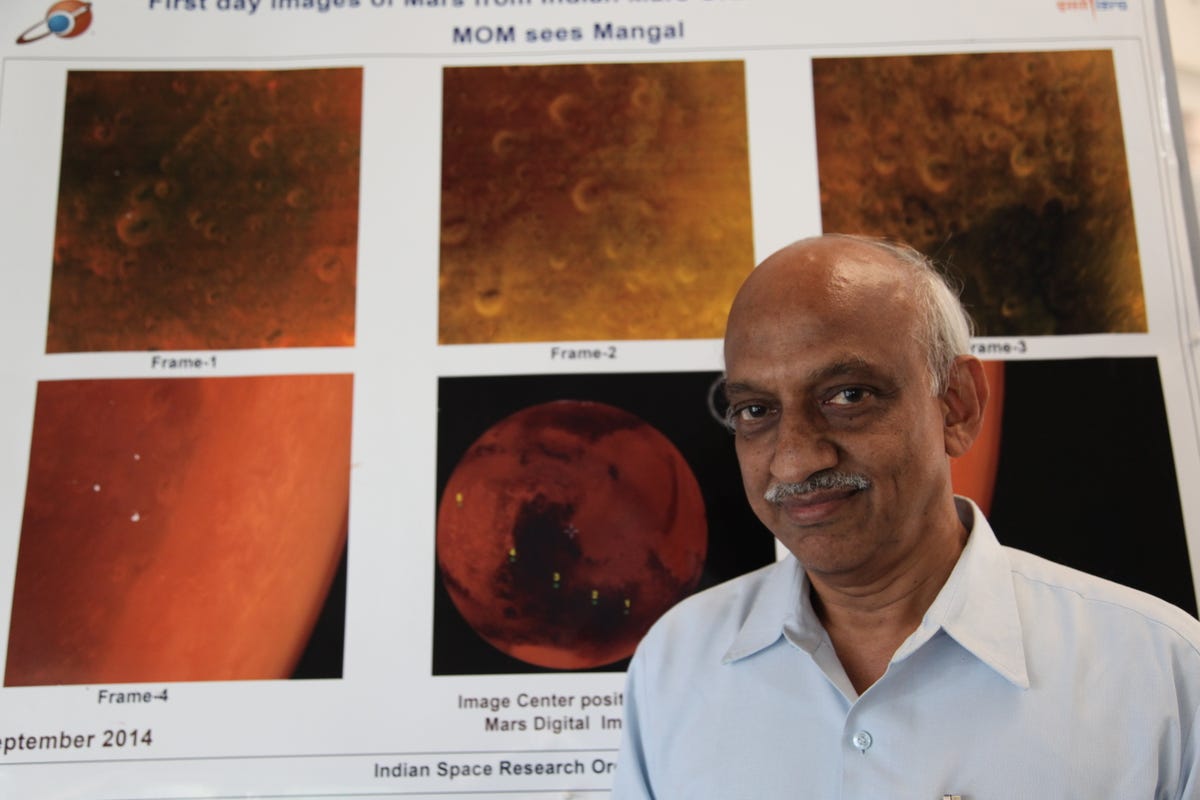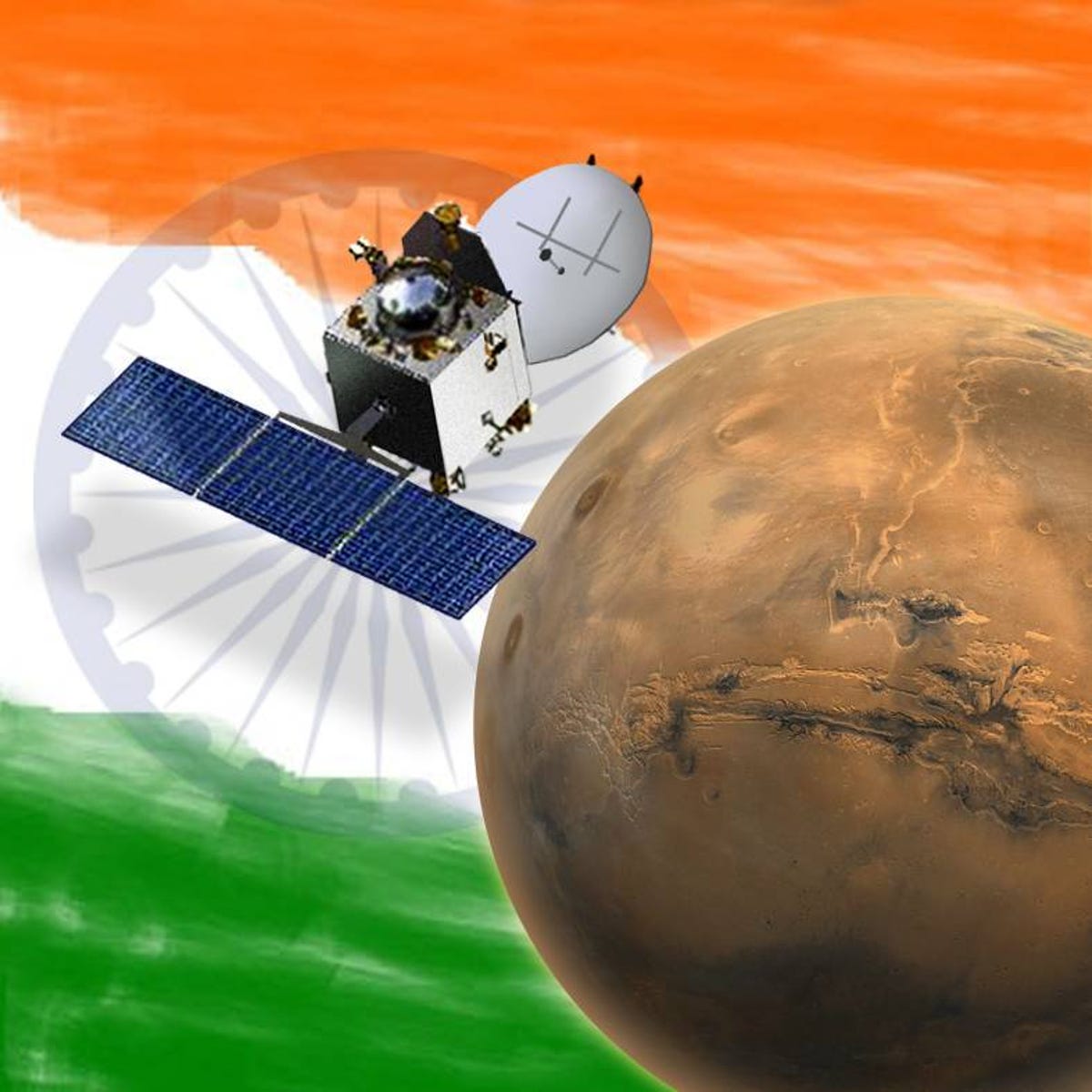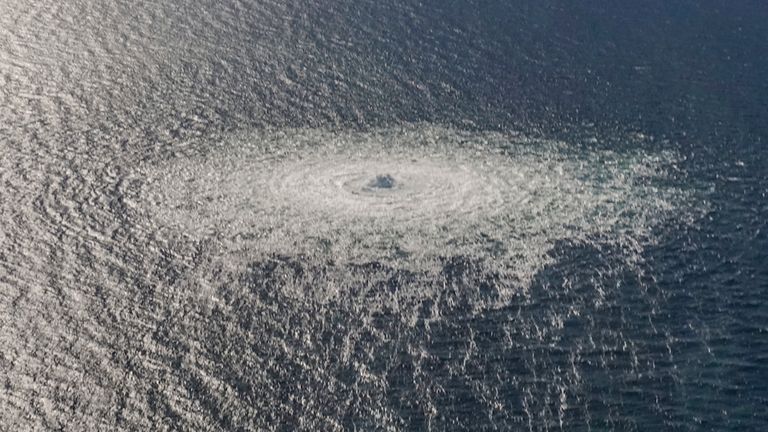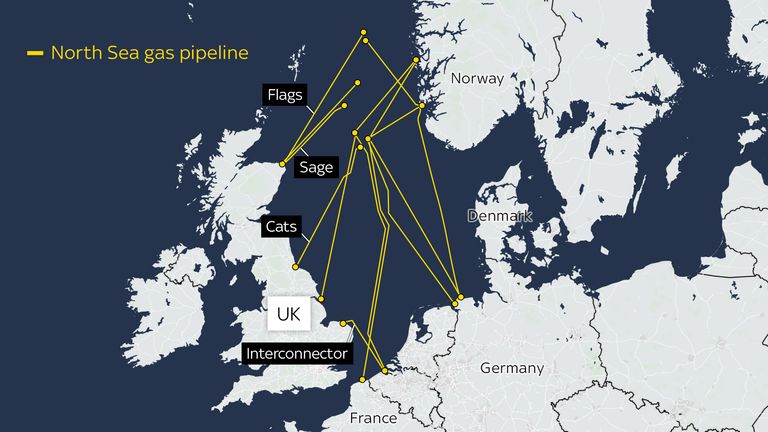Can the nautilus survive humanity?
In Cosmos Magazine #96
A nautilus floats in the ocean / Credit: Manuae
Its spiral shape evokes the golden ratio of Fibonacci, and its name has inspired publishers, musicians, submarine makers and spacefarers. Yes, the nautilus has captured the imaginations of humans for a very, very long time.
But as Kate Evans in Cosmos Magazine #96 asks, ‘Can the Nautilus survive the Anthropocene?’
Before you jump into that question, here’s five things you need to know about this mysterious sea dweller.
Meet the family
Nautilidae is a family of cephalopods that inhabit the open ocean. Their name derives from the Greek word for sailor and consists of nearly a dozen described species, although some of these are debated. N. pompilius is perhaps the most iconic of the nautilus family thanks to its curvaceous, zebra-striped shell.
Its cousins include other cephalopods such as octopuses, squids, and cuttlefish.
From the vault: Rare nautilus spotted in the South Pacific
They eat the dead
While their relations hunt live prey, nautiluses mop up the remains of dead fish and crustaceans on the sea floor. They’re not solely scavengers though – they also eat small live fish, shrimp and crabs. Sometimes, they’ll even eat their own kind!
At first glance, it may be hard to guess where the nautilus’ mouth is. It’s disguised beneath the tentacles, sitting at the entrance to the species’ internal cavity. These tentacles retract to expose the animal’s beak, which is rather effective at tearing its prey apart.
Jet propelled
Like their fellow cephalopods, nautiluses are able to move very quickly by means of jet propulsion. But while squids and octopuses use a combination of jet-streaming and their arms for directional movement, the nautilus sucks its body into its internal cavity to pump water through this chamber. This motion creates thrust that propels it through the ocean.
Nautiluses also uses their siphuncle – a connective tissue that binds its internal cavities – to draw water into these areas, enabling it to alter its buoyancy and move up and down the ocean’s water column. Perhaps it’s this unique way of anatomical movement that inspired so many fictional and real-life submarines being named Nautilus.
They have eyes
So, can you spot it?
There it is.
Right in the middle.
That round, fleshy protrusion with a black dot at the centre of the nautilus’ body is the animal’ particularly well-camouflaged eye, and as you can see, they appear very different to those of other cephalopods.
That’s because these ‘pinhole eyes’ are relatively primitive – they don’t have a lens or cornea – so they don’t have the benefits of more advanced ocular organs developed by their muscle-armed relations.
Because of this, nautiluses have somewhat poor vision. It’s why smell is believed to play an important role in their ability to survive, as it’s likely the means by which they best detect prey.
They’re living fossils
‘Living fossil’ is the term often bestowed on organisms that have survived the end of the dinosaurs and whose evolutionary history may even predate the time these giant four-legged reptiles.
And nautiluses are among these ancients, with a very stable evolutionary history dating back 500 million years. This means they’ve survived five mass extinctions!
But will their propensity to remain the same and survive what happens on the surface be enough to withstand what’s described as the next mass extinction? The anthropocene — the human epoch — is believed to mark the planet’s sixth mass extinction, where climate change brought about by the burning of fossil fuels is already creating significant changes to the planet.
The fate of the Nautilus in Cosmos #96…
In the latest issue of Cosmos, Kate Evans asks whether the future of the nautiluses is one spiralling out of control amid the ocean-warming impacts of climate change and the international animal trade. Near Papua New Guinea’s Manus and Ndrova islands, dive into the waters of the Bismarck Sea and explore the future of these ancient, magnificent molluscs.








